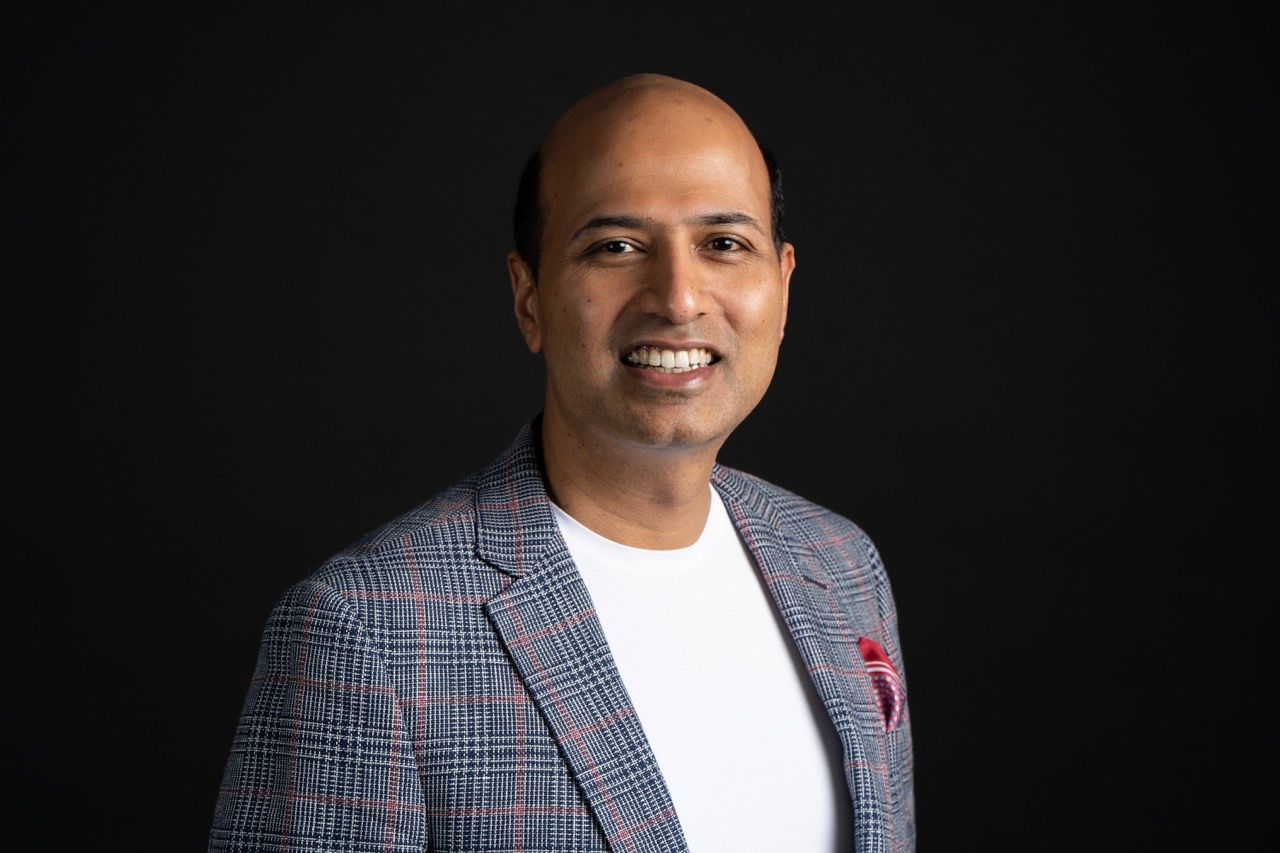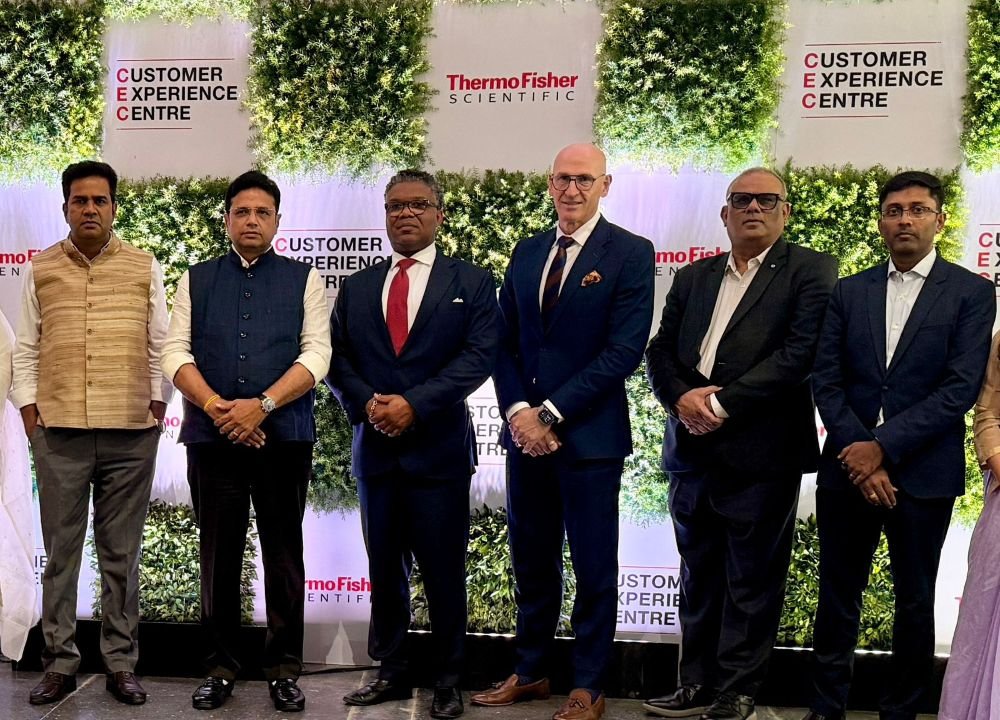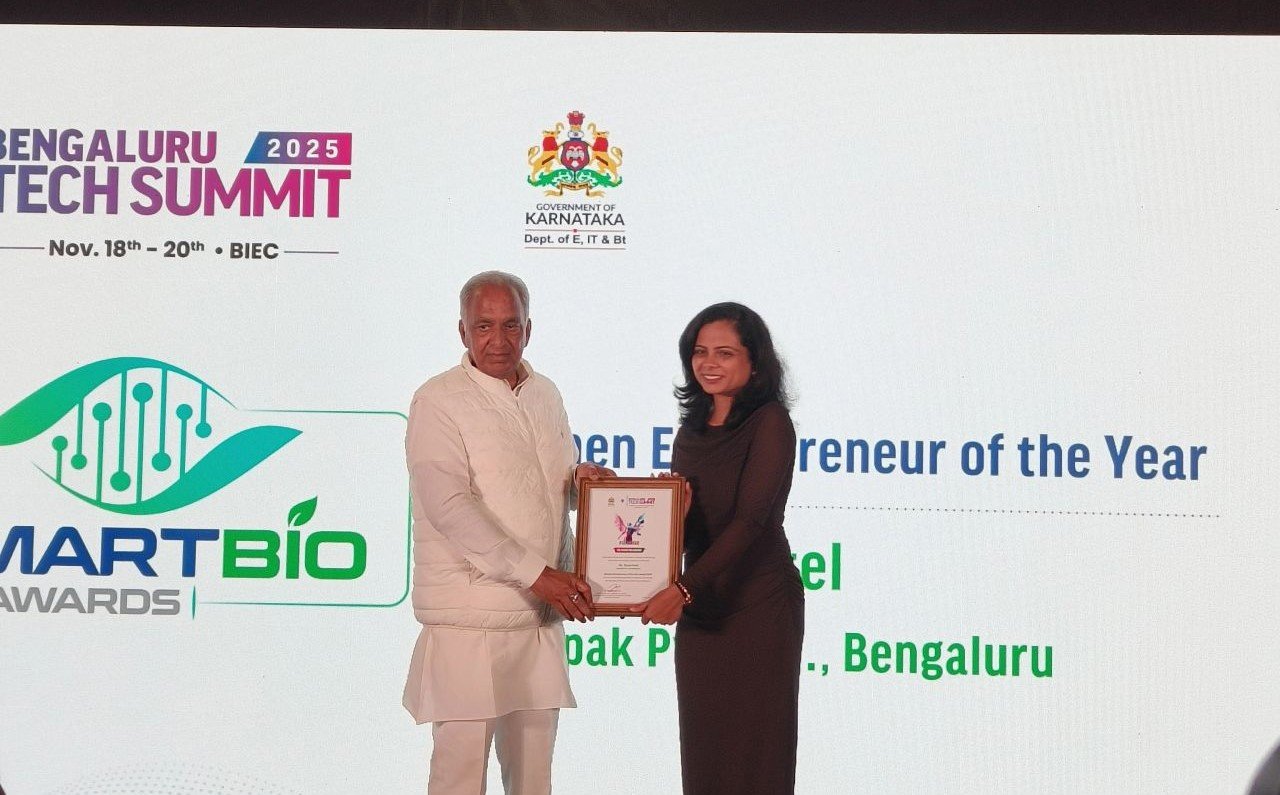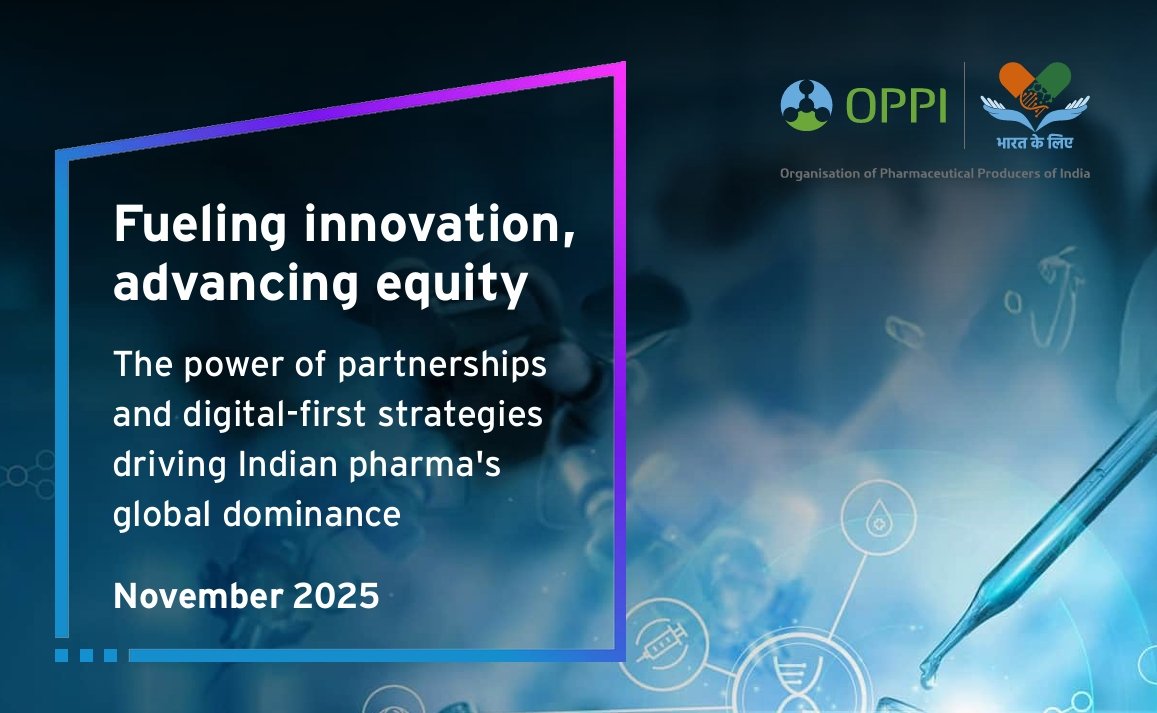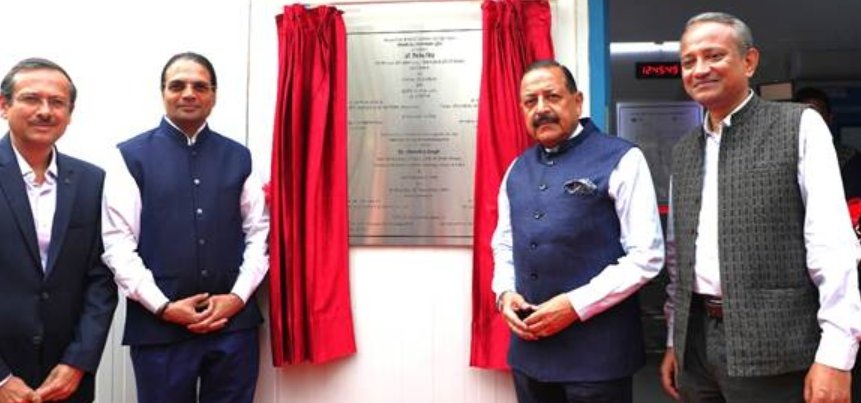"We are curating innovation and turning India into global headquarters for compliant API sciences"
July 03, 2025 | Thursday | Views
China remains dominant in basic intermediates and KSMs, but India is leading the way in APIs alongside China. Hari Kiran Chereddi, Managing Director, HRV Global Life Sciences and CEO, New Horizon Global Pharma highlights why MNCs and large generic players are now doubling down on Indian APIs to reduce input costs and what advantages India offers.
India plans to substantially increase its production-linked incentives for the pharmaceutical industry. The new PLI scheme will cover additional molecules that are used to produce critical starting materials, pharma intermediates, and APIs. As an API manufacturer, what will this step do for your business in the long term?
The new PLI scheme is a well-timed and very welcome development. As India's first vertically integrated virtual API company, HRV has much to gain. We run an asset-light business that focuses on bringing a unique portfolio of products while consolidating underutilised capacities of USFDA/EUGMP-compliant Indian manufacturers.
By broadening the pool of eligible molecules under PLI, we are able to commercialise niche, complex, and high-barrier APIs with more agility. This will support our goal of adding 25+ new products every year and assist India in minimising dependency on imports, especially of key starting materials (KSMs) and intermediates. For us, it increases our capabilities of serving faster, more economical, and compliant APIs into many international markets, while creating resilience in India's very own pharma backbone.
In spite of some government incentives, what are the other issues besetting India's pharma industry?
Although policy support has enhanced, the pharma industry continues to face challenges:
- Regulatory divergence: The standards of compliance differ very widely globally and necessitate customised DMF/dossier development.
- Tech adoption lag: Particularly at mid-size companies, there is a lag in the adoption of QbD, AI, or continuous manufacturing.
- Relying on imports for KSMs: India still does not have strong backward integration for most molecules.
- Talent shortage: Skilled professionals in regulatory sciences, process safety, and digital QA/QC are scarce.
We at HRV have established a centralised regulatory group, an AI platform proprietary to us, and moving to dual sourcing arrangements to mitigate these issues.
Do you continue to view China as a leading API producer or has India managed to put its stamp on API production?
China remains dominant in basic intermediates and KSMs, but India is leading the way in APIs alongside China. It’s an inseparable relationship. Our speed to market and regulatory-first mindset have made Indian API suppliers the go-to partners in a post-COVID world where trust and resilience matter more than ever.
It’s no longer a low-cost production in India— today, we're establishing confidence, accuracy, and regulatory stability at scale.
What are you doing in terms of sustainable packaging?
Sustainability is not an afterthought—it’s built into our supply chain orchestration model.
We have implemented & are working on some of these new areas in future -
- Recyclable HDPE barrels for API shipments
- Reduced liner usage across export drums
- Digital batch documents and blockchain-ready labelling
- QR-tagged e-Certificate of Analysis (e-COA) systems to minimize paper trails
We are also exploring green logistics fleets through partnerships for intra-India movement. Our goal is to transition 50 per cent of our bulk shipments to eco-friendly packaging formats by FY 2027, if not earlier.
What will be your latest innovations in the API space?
HRV is focused on innovation across three dimensions:
- AI-assisted portfolio mapping – to identify underserved APIs, orphan drug targets, and complex chemistries where global supply is thin.
- Veterinary APIs – We’re launching 10 regulated-market-ready molecules targeting companion animals and livestock markets, particularly in the US and EU.
- Low-competition APIs – We steer clear of over-saturated molecules. Rather, we look for products with less than three globally regulated players and construct regulatory filings around them.
This mix lets us win on speed, scarcity, and compliance—not price alone.
Who are your key exporters for API? How big is the API business?
We now export to more than 15 countries. Key geographies in the order of volumes are:
- Europe
- MENA
- US
- Southeast Asia
- LATAM and CIS
Our API business grossed more than Rs 400 crore in FY 2024–25. Both regulated and semi-regulated market supplies from therapeutic categories such as oncology, gynaecology, rare diseases and general medicine are included.
We address Tier-1 customers and governments through our compliance-driven model—submitting DMFs, driving audits, and having quality assurance end-to-end ownership.
What are your plans for expansion to other international markets?
We are following a systematic three-tier expansion strategy:
- Tier 1 – Intensify US and EU regulatory filings. We are targeting more than 100 USDMF/CEP filings by 2028.
- Tier 2 – Enhance Southeast Asia, LATAM, and CIS coverage through local alliances, technology transfer, and dossiers.
- Tier 3 – Introduce niche Finished Dosage Forms in Latin America, Africa and Eastern Europe under our virtual platform—particularly in segments such as Orphan Drugs, Women's Health, and Veterinary Care.
Your India plans in the coming years?
India is our research lab, our regulatory sandbox, and our greatest pool of scientific strength.
Our short-term India priorities are:
- Doubling investment in niche and under-served APIs – We are making proactive investments in high-barrier, low-competition molecules where there are fewer than 3 global players.
- Delivering state-of-the-art R&D capabilities – With strategic partnerships and internal portfolio surveillance, we're driving first-to-file and first-to-scale prospects in oncology, women's health, orphan indications, and peptides.
- Growing CDMO collaborations – We're adding more USFDA-compliant manufacturing partners to co-avail differentiated APIs which can be regulatory-filed in our name.
- Introducing HRV Academy – We want to train 100+ professionals each year in regulatory science, dossier preparedness, and GMP compliance to create a next-generation talent pool.
- Digital QA and AI adoption – We're integrating AI-fundamental predictive compliance solutions, digital audit readiness systems, and traceability solutions throughout our supply network.
In short, we’re not just aggregating capacity—we’re curating innovation, scaling trust, and turning India, my homeland, into the global headquarters for compliant API sciences.
India’s manufacturing talent and scientific rigour are unmatched—and we’re helping package it for the world.
How much revenue did you generate in the previous financial year and what are your projections for the next FY?
We closed FY 2024–25 with consolidated revenues of Rs 419 crore, growing at a CAGR of more than 70 per cent over the past seven years. We are debt free company with a Return on Capital Employed (ROCE) of over 40 per cent.
For FY 2025–26, we're looking to achieve organic revenues of Rs 550–600 crore, with strong possibilities of growing to a $100 million company (over Rs 850 crore). We will have continued emphasis on:
- Regulatory filings
- Expansion into new geographies
- Growth in veterinary APIs and complex generics
We’re not just scaling products—we’re scaling trust.
Sanjiv Das
sanjiv.das@mmactiv.com


